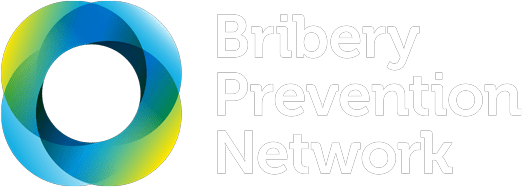Know the right questions to ask when assessing the bribery and corruption risks facing your business. Find resources to help you identify and profile high-risk countries and sectors, as well as those areas of your business operations that are most susceptible to risk. Access tools to help you recognise, assess and manage common bribery and corruption risks and find out how to develop a risk assessment procedure for your business.
Category: Risk Assessments
Mapping potential corruption scenarios allows your company to proactively assess situations that could negatively impact your business. The risk assessment exercise is essential for understanding your business’s specific needs and potential risks. It also helps to recognise improvement opportunities and emphasises the company’s commitment to fighting corruption and implementing best practices on business integrity.
The purpose of this guide is to help Australian Government officials better understand the factors that lead to fraud and corruption, and provide advice on a range of strategies that entities can implement to mitigate the probability of these risks as well as the harm they cause for the public sector.
Accompanying the guide, is a Control Design Template and a Fraud Control Catalogue.
An organisation’s effective Anti-Bribery and Corruption (Corporate Compliance Program will enable it to effectively prevent, detect and address bribery and corruption.
A proactive approach to the development of a proportionate and effective ABC Corporate Compliance Program that is clear, practical, accessible and well-implemented will help you reduce the risk of corruption and bribery affecting your organisation.
Learn more about corporate compliance programs in this short video by the BPN.
Businesses need to conduct effective bribery and corruption risk assessments to: Help your organisation identify and manage the risk of bribery, protect your organisation from the costs of non-compliance, and prevent bribery from occurring in your organisation.
Watch this short video by the BPN to learn about the need for risk assessments.
The Procurement Administration Counter Fraud Toolkit is designed to help Australian Government officials to identify and manage fraud and corruption risks in the procurement process. This toolkit was developed in consultation with procurement teams and fraud prevention experts from multiple Commonwealth entities.
This Guidance on Good Practice Procedures for Corporate Anti-Bribery and Anti-Corruption Programs
is intended to provide an overview of the matters you will need to demonstrate to show you had adequate procedures to prevent foreign bribery under the Crimes Legislation Amendment (Combatting Foreign Bribery) Act 2024 (Cth).
